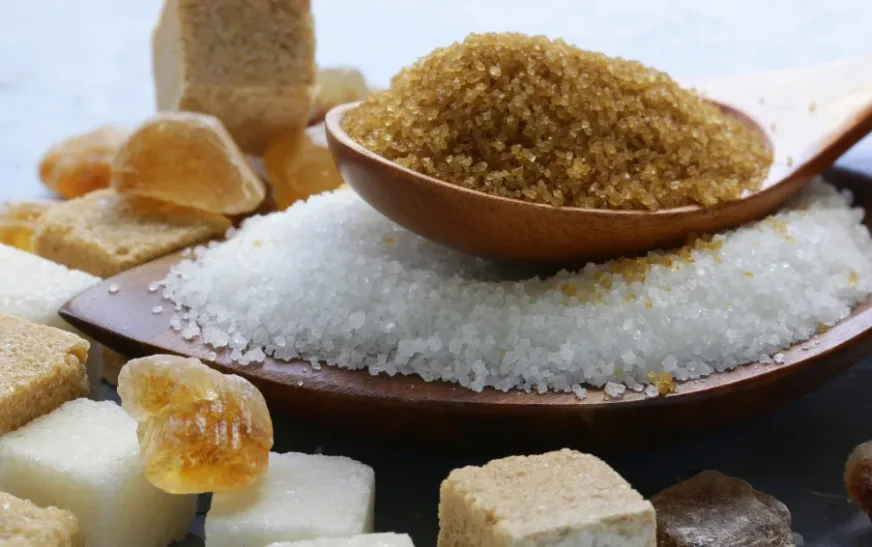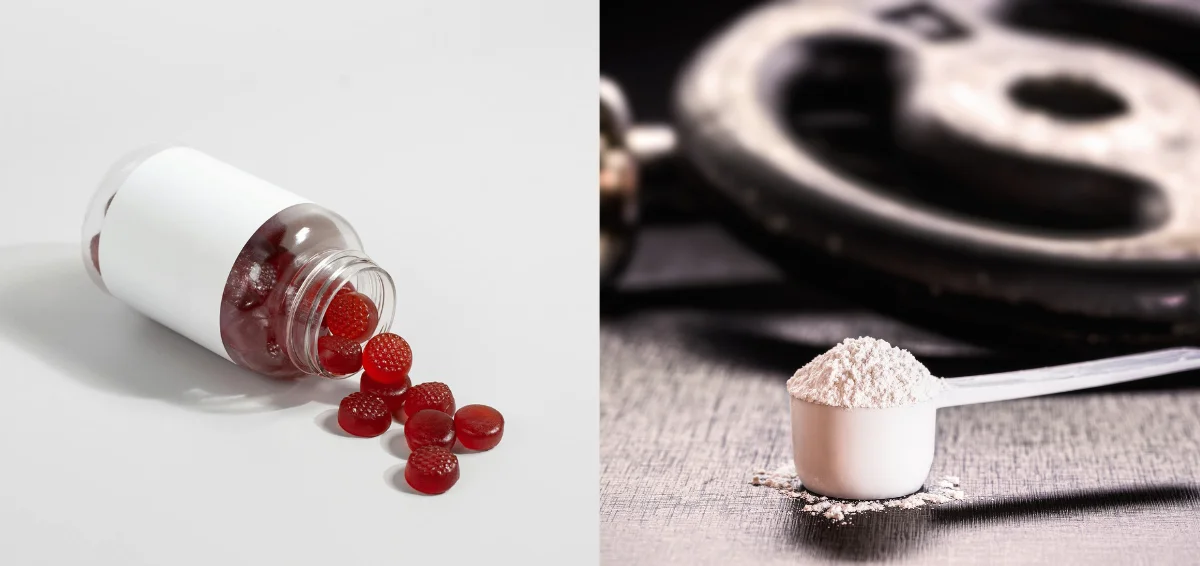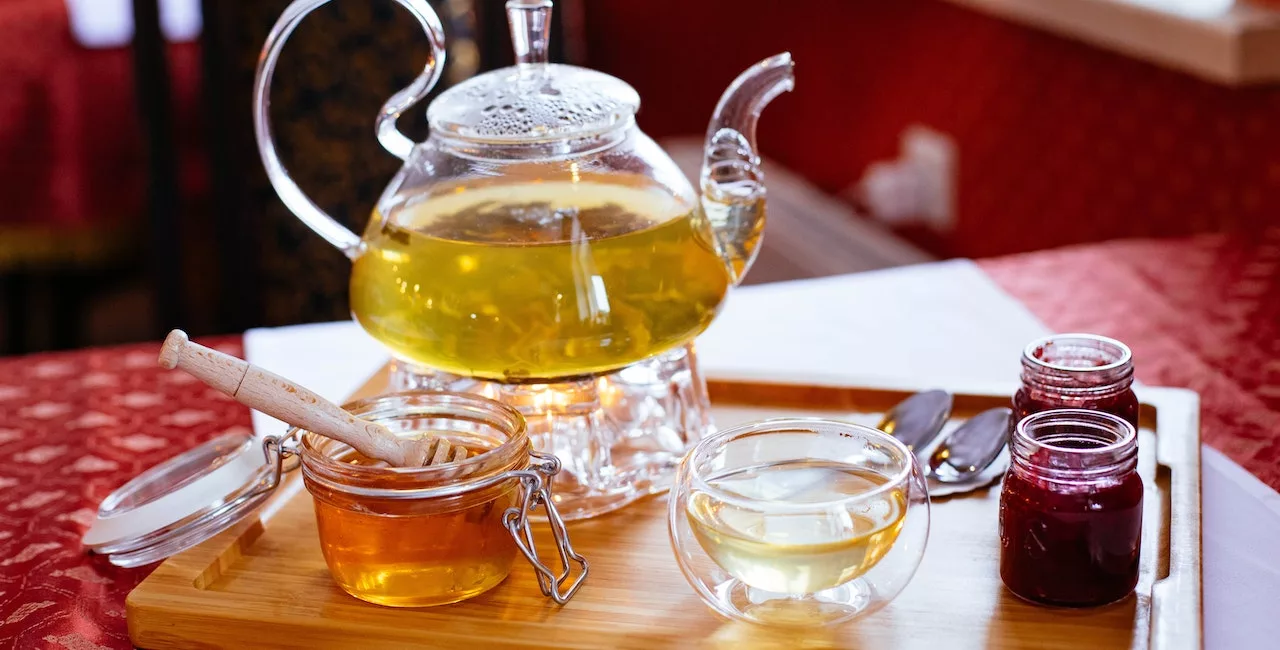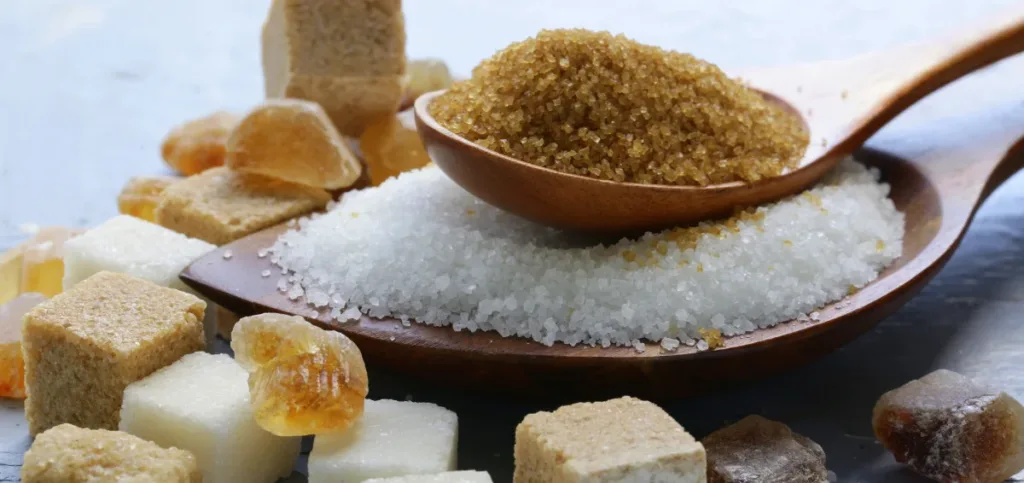
Sugar is a sweet ingredient in various foods. Fruits like mangoes, bananas, and vegetables like sweet potatoes and green peas, among others, have natural sugar in them.
Besides, there are also processed sugars. The two most popularly consumed ones are white sugar and brown sugar. Both of them are made in different ways. So, they differ from each other in various ways.
Should you choose any one of them? Is one better than the other? Let’s look closely at both of them so you can find answers to these questions.
Where Does Brown Sugar Come From?
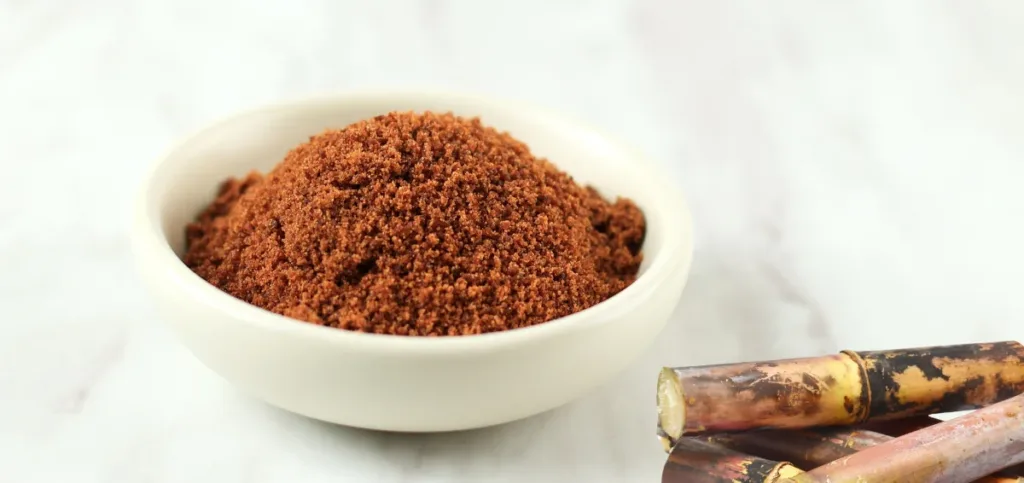
Sugar is produced by refining sugar beets and sugar cane. In the U.S., Minnesota is the top sugar beet-producing state, while Florida is the major sugar cane-producing state.
Brown sugar is made by adding molasses syrup to boiling sugar crystals. These crystals come from the refining process of the sugar. Another method of producing brown sugar involves coating white granulated sugar with molasses. For brown sugar, only molasses from sugar cane is used. Molasses gives the brown color to this sugar. Brown sugar has 85% sucrose.
Where Does White Sugar Come From?
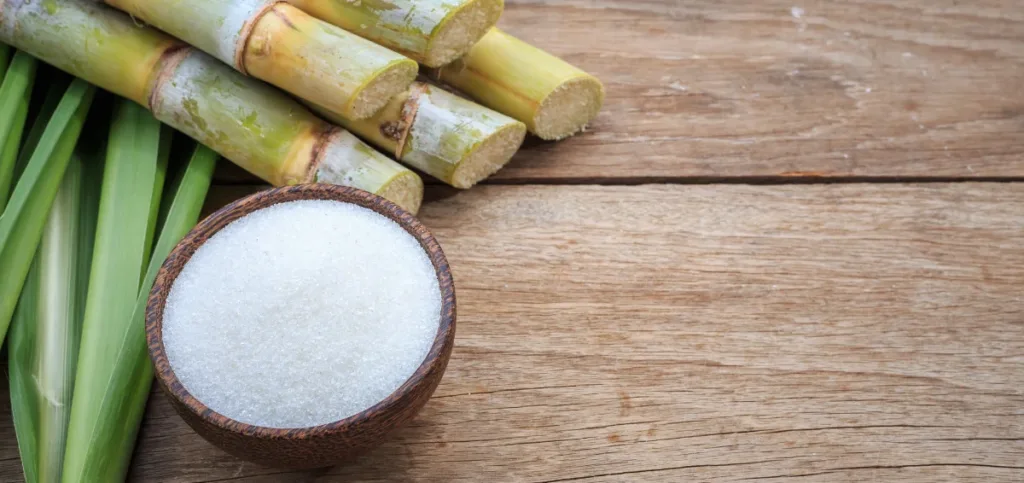
White sugar is made from sugar cane. Cane juice, extracted by crushing the canes, is thickened into syrup by boiling. To produce granulated sugar, this cane syrup is boiled. This leads to the formation of crystals. Now, the syrup and the crystals are spun in a centrifuge to separate the two. Then, hot air is used to dry the crystals of raw sugar.
This sugar is then taken to a refinery where it is liquefied and processed. This removes the remaining color and any impurities. Then, the sugar is centrifuged to remove the liquid that remains from the sugar crystals. These crystals are ground into fine, large, and regular crystals, depending on how they will be used.
Read Also: How to Make Delicious Gingerbread Cookies Without Molasses?
Brown Sugar vs. White Sugar: Flavor and Texture Differences
The primary difference between brown and white sugars is the presence of molasses. Brown sugar has some molasses, which changes its flavor profile. White sugar does not contain any molasses. This makes its taste more neutral.
Brown Sugar
The presence of molasses in brown sugar gives it a rich, caramel-like flavor. That is why it is used to add more depth to baked goods. For foods that need a more strong sweet taste, brown sugar is commonly used.
Brown sugar also has more moisture than white sugar. This makes it great for soft, chewy goods like cakes and pastries. It gives these sweets a denser and tender texture.
White Sugar
White sugar has a simpler taste. It is purely sweet and is used to sweeten various foods. White sugar makes food sweet without changing its original flavor.
This type of gives a crisper, lighter texture. So, it is used for goods like sponge cakes and meringues.
Nutritional Value of Brown Sugar
Brown sugar provides a greater depth and richness to various goods. However, it does not have much nutritional value. Below is the nutrient profile of a spoonful of brown sugar.
- 17 calories
- 0 grams of fat
- 0 grams of protein
- 1 milligram of sodium
- 5 grams of carbohydrates
Benefits of Brown Sugar
- Brown sugar retains molasses. So, it has higher levels of calcium, iron, magnesium, and potassium than white sugar.
- Molasses in brown sugar has antioxidants. They fight the free radicals in the body. They also protect it against oxidative stress.
- Brown sugar can quickly raise blood sugar levels. So, it is a good option for people with hypoglycemia or low blood sugar levels.
- The molasses content in brown sugar promotes healthy bowel movements and good digestion.
When Should You Avoid Brown Sugar?
- Brown sugar, if consumed too much through meals, can make you uneasy. It also increases your heart rate. You may feel fatigued, thirstier than usual, and have irregular heartbeats.
- Too much brown sugar can quickly increase your blood sugar levels. It may put you at a higher risk of health conditions like diabetes.
- Brown sugar gives you calories without nutrition. Its excessive consumption can cause nutrient deficiencies in the body.
Nutritional Value of White Sugar
White sugar is a refined carbohydrate without any fiber, starch, or essential vitamins and minerals. Here’s the nutritional profile of a spoonful of white sugar.
- 16 calories
- 0 grams of fat
- 0 grams of protein
- 0 milligrams of sodium
- 4 grams of carbohydrates
Benefits of White Sugar
- White sugar gives a quick rush of energy as it has refined carbohydrates.
- It helps you feel energetic for activities that require intense physical work.
- White sugar sweetens many different food products. You can use it to set the sweetness according to your desired level.
- Sugar increases dopamine levels in the brain, which enhances mood.
Read Also: Oat Milk vs. Almond Milk
When Should You Avoid White Sugar?
- If you are pre-diabetic or obese, you should avoid white sugar.
- White sugar does not have any nutrients except calories. You should avoid it if you are trying to shed excess weight.
- A high-sugar diet has been known to increase the risk of dying from heart disease.
Is Brown Sugar Better Than White Sugar for People With Diabetes?
You may think brown sugar is healthier. It looks more natural and has a caramel-infused flavor, not to mention that it is marketed as a ‘less processed” option. However, the differences between the two are not significant for diabetes.
Both types of sugar come from sugar cane or sugar beets. There is no difference between the nutritional content of these two sugars. Brown sugar has some molasses, which gives it its color. It also makes the mineral content higher. Don’t get carried away by the word ‘higher.’ The mineral content is only slightly higher, so much so that it does not make a big impact on your health or your blood sugar levels.
Here, you should know what glycemic index, or GI, is. This index measures how rapidly food raises blood sugar. The GI of brown and white sugar is the same. So, it does not matter if you put a spoonful of white sugar or brown sugar in your beverage; your body will treat it as sugar and process it in that way.
What is more important for diabetics is taking sugar in moderate quantities. Just substituting white sugar for brown sugar is not the solution to manage your blood glucose levels. You should work on reducing added sugars in your diet as a whole. Opt for sweeteners like stevia or erythritol. They are much better options than brown sugar.
So, brown sugar might look healthier, but it amounts to the same as white sugar for diabetic individuals.
Conclusion
Brown sugar and white sugar are almost the same nutritionally. This misconception would have been busted for you after reading this article. Brown sugar adds depth to food and has antioxidants, which is not the case with white sugar. This is the biggest difference between the two. Apart from this, all else is the same.

